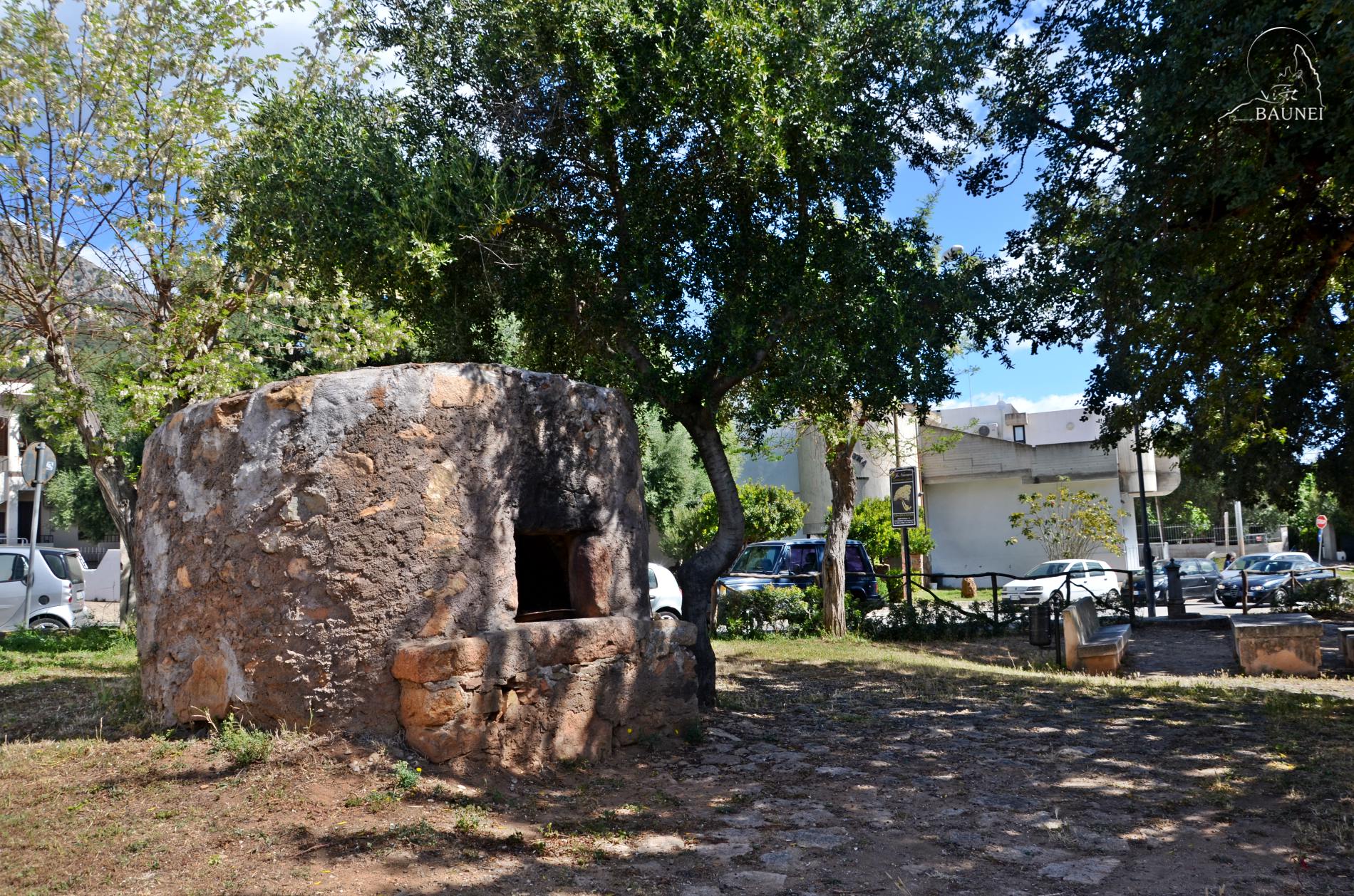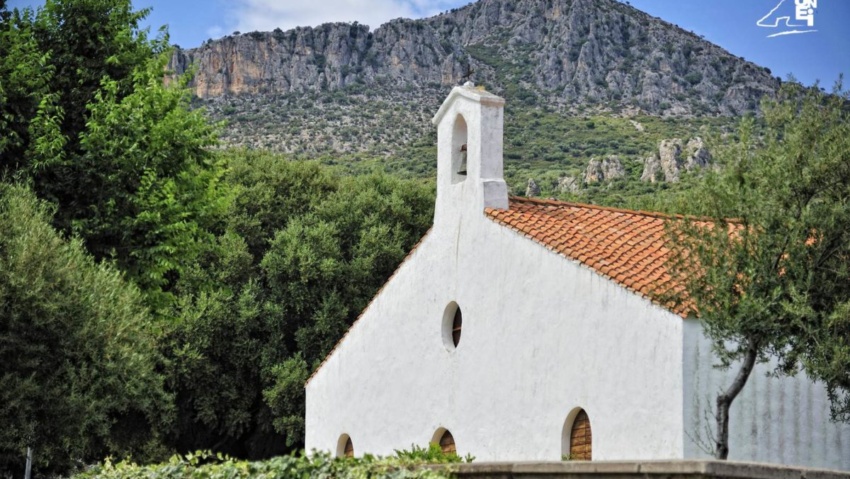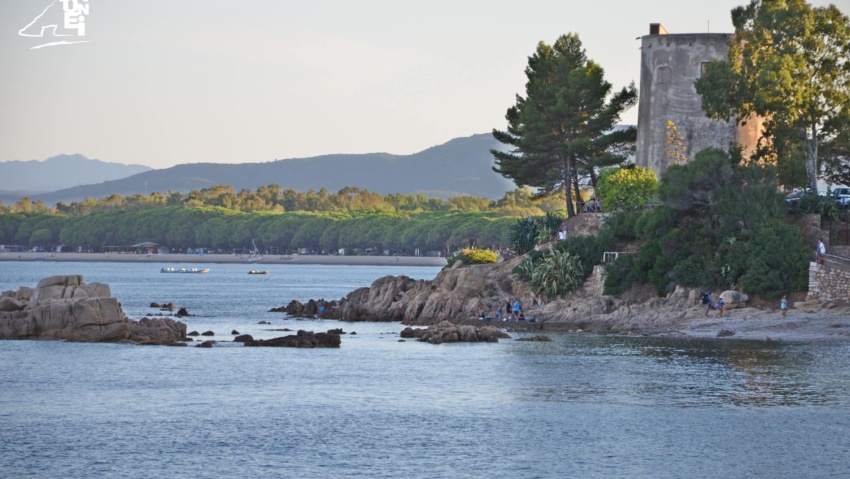The Oven Of The Festival
Near the church of Santa Maria you can still admire the old oven which was used for the festival of the Assumption. Nowadays, the oven is only turned on for ethno-gastronomic events, especially to cook potato bread (the typical “turredda” of Baunei). According to some, however, in the past the oven was used to roast goat meat that was then distributed, along with a piece of bread, to the faithful from the surrounding districts. For others, however, the oven of St. Mary was only ever used to bake bread intended for pilgrims, who used to stay in the rooms next to the church during the celebrations. The rooms which hosted the pilgrims, probably dating back to the seventeenth century, were demolished between 1959 and 1960; they leant against the lateral naves of the church and were called “errebustus” (from the Catalan “rebost”, meaning “larder”) in Sardinian. As for the events relating to the history of the celebrations in honor of the Assumption, it is interesting to note that, for a long time, jurisdiction on the area around the church was also claimed by the nearby town of Lotzorai. Between the seventeenth and the beginning of the nineteenth century, the communities of Baunei and Lotzorai reached an agreement: the festival would be organized jointly by three “obreri”, two from Baunei and one from Lotzorai. Under this compromise, moreover, the Baunesis “obreri” maintained their secular right to cultivate the area around the church, called “sa terra ’e sa santa”. However, despite these agreements, the festival continued to be troubled by clashes between the faithful of the two villages. Angius neatly describes the level of conflict reached during the nineteenth century, when the celebrations were banned for reasons of public order: “Two festivals were solemnized in this church, one on 25 March and the other with greater splendor and participation, featuring customary public entertainment and shows, on 15 August, with the contribution of the municipality of Lotzorài. Now the celebration has been banned due to serious public disorder, caused by the continual, unresolved question of jurisdiction between Baunei and Lotzorài, with both claiming exclusive rights on the territory where the church is located”. The “jurisdictional dispute” was definitively resolved by the demarcation of municipal boundaries (thanks to the “Cadastre De Candia”) in 1849.





